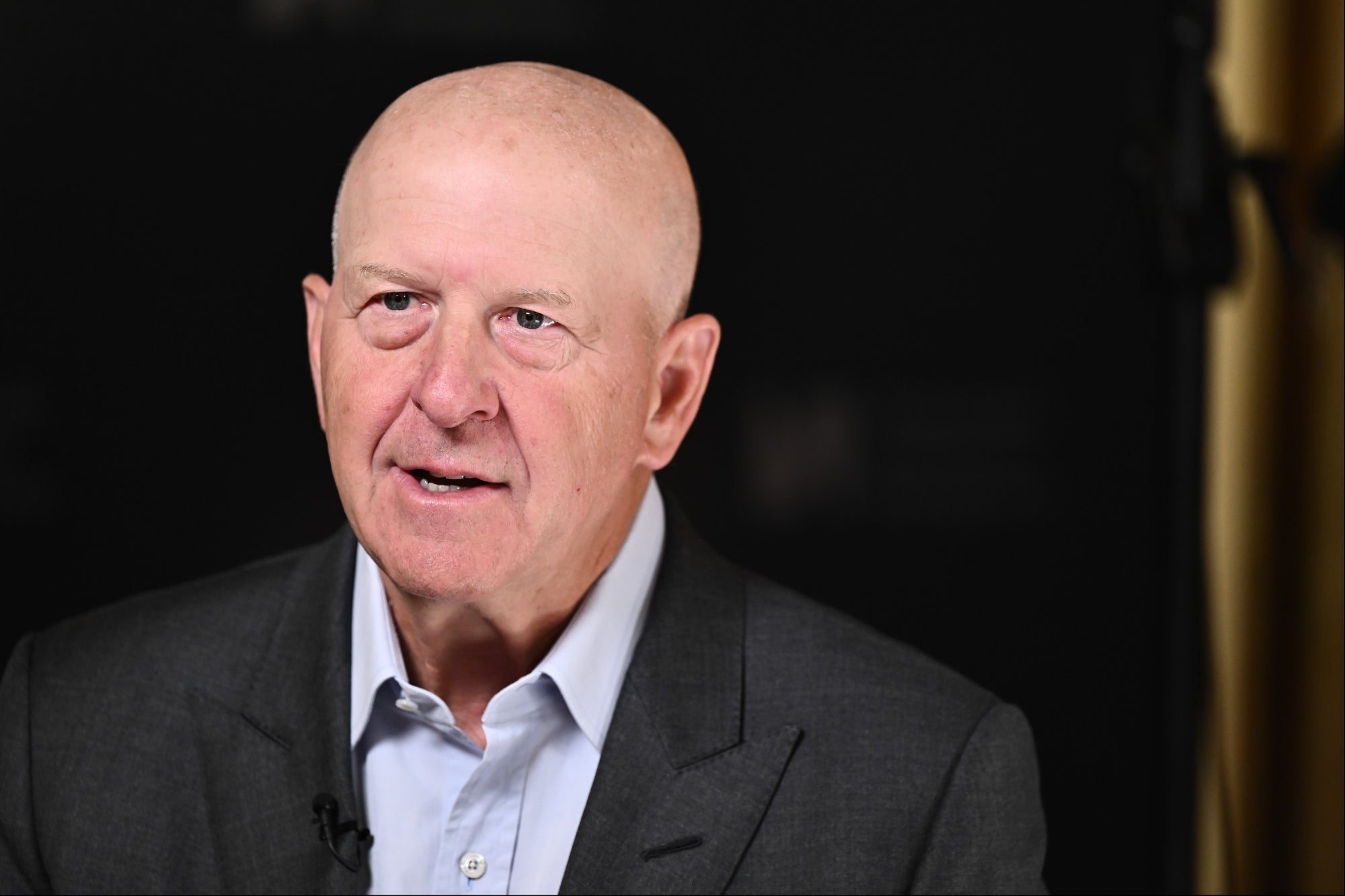Opinions expressed by Entrepreneur contributors are their own.
I’ve always believed that consistency beats intensity. At the gym, I exercise for 30 minutes daily, rather than several grueling hours once a week. Every morning, I commit to writing 400 words, which I much prefer to banging out half a book in one caffeine-fueled haze. In the early years of building my company, there were no massive funding rounds — just showing up day in, day out, solving problems and improving my product one step at a time.
That’s why this quote from Atomic Habits author James Clear has always stuck with me: “You do not rise to the level of your goals. You fall to the level of your systems.”
In other words, it’s not your ambition that carries you forward — it’s your habits. And the truth is, building good habits is hard, especially when you’re running a business. You’re pulled in a hundred different directions, and it’s easy for even the most adamant resolutions to fall apart after a few days.
Even so, building routines can be tough — they require persistence, dedication and a surprising amount of mental energy just to stay on track. You have to remember your goals, fight off distractions and constantly reorient yourself when things get chaotic.
But here’s the good news: You don’t have to do it all manually. Thanks to AI, it’s now possible to build systems that help you stay consistent without burning out. I’ve always been pretty adamant about my routines, but now, it’s easier than ever. Here’s how I’m approaching it.
Related: 7 Ways AI Made My Work Smarter — and Not Harder
Use AI as an accountability partner
At work, you’ve got a manager (or a board). At the gym, you may have a trainer. It’s clear that having someone to hold you accountable adds an extra layer of urgency to achieving your goals. After all, it’s harder to blow off that morning workout knowing you’re keeping someone waiting (who you’ll still have to pay if you hit snooze).
With AI, accountability doesn’t have to be external. AI agents — autonomous decision-makers that can take action on your behalf, in particular, can do more than just nudge you about your to-do list. They can check in, track progress, adapt routines and even suggest improvements. That kind of support system used to require a team. Now, it can be built into your daily workflow.
Say you struggle, for example, with carving out time to work on a new product. Tools like Motion integrate directly with your calendar to track your habits, block focus time and adjust dynamically when conflicts arise. If you want to start prioritizing an hour of deep work every day post-morning coffee, a tool like this can afford these commitments the same weight as a meeting, automatically protecting your time and reminding you when it’s time to get started.
Cut down on decision fatigue
One of the biggest reasons we abandon routines isn’t a lack of motivation — it’s decision fatigue. Considering the average person makes 35,000 decisions a day, it’s no wonder we struggle to effectively prioritize our time. When every action requires mental effort, from choosing what to work on to when to do it, we quickly burn out.
Ironically, creating structure is one of the best ways to stave off the pressure of making decisions. I often think of the advice I’ve heard from pro athletes, who afford themselves zero room for waffling or negotiating when it comes to their training schedules. It’s cold out today? Too bad. They didn’t sleep well the night before? Also, too bad. There’s no decision involved — only doing.
That level of consistency doesn’t come from motivation — it comes from removing choice from the equation. And that’s where AI can play a powerful role. By automating the when, what and even how long, AI systems help you stick to routines without needing to summon willpower every time.
And while it’s true that no tool can force you to follow through on a commitment, they can do the next best thing: Cut off your access to distractions. When I can’t trust myself not to procrastinate a task I’d rather avoid, I use a platform like Freedom, which simply blocks my ability to lose myself in online distractions. It’s simple, but incredibly effective.
Related: Why Smart Entrepreneurs Let AI Do the Heavy Business Lifting
Don’t just build routines — design systems
A lot of people confuse routines with checklists: wake up, meditate, answer emails, repeat. But the most effective routines aren’t strict — they’re adaptive. They fluctuate with your schedule, adapt to your goals and grow along with you.
That’s where AI shines — not just in tracking habits, but in helping you design systems that actually fit your life. Say your kid gets sick and needs to get picked up from school, or even go to the doctor. Life happens. But it doesn’t mean your whole day needs to fall apart completely. For this, I like Reclaim and Clockwise, which can intelligently reschedule tasks when your best-laid plans take a sudden turn. Instead of you adjusting to your routine, the system adjusts to you.
With the right systems in place, consistency stops feeling like a grind and starts feeling automatic. AI won’t do the work for you — but it can make it a lot easier to show up, day after day, and keep moving forward.





